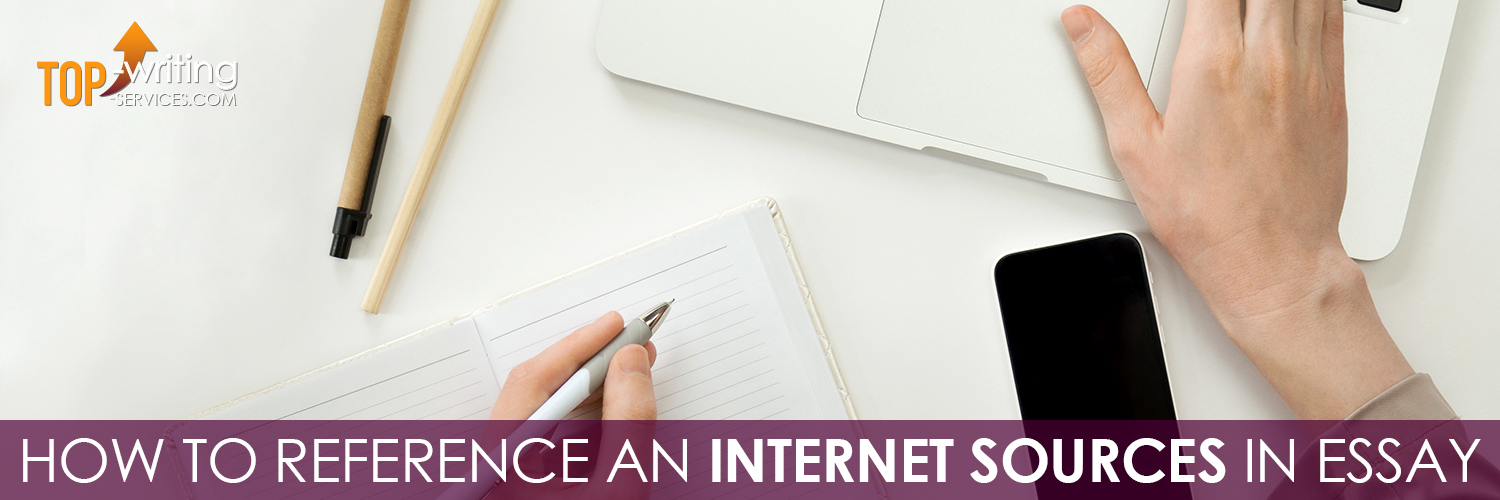How to Reference Internet Sources in Essay

Nowadays, thanks to the Internet, you don't have to spend tedious hours sitting in a library and doing your research. Great bulk of information, including scholarly papers, can be found on the Web. Sure enough, not all of the sources are credible, but there're some works worth your reading.
It's no wonder that in order to make your paper look professional, you need to cite all electronic sources you have used. Moreover, all citations should reference a particular source in the Works Cited part. Below you'll find more proper citation rules. Enjoy!
How to Do a Parenthetical Citation for a Website
Unlike printed, electronic sources don't have page numbers and this fact may cause a lot of confusion among writers. However, Internet or electronic sources do not often need a parenthetical citation. For such sources use the recommendations below:
-
In your work you should write only the first part of the source corresponding to the citation (e.g. name of the author, name of the article, website or video name etc). Remember to include the sources in the section which is called “Works Cited.”
-
Don't give paragraph numbers or page numbers.
-
In-text citation should not include full URL's. It's better to write the domain name only (e.g. CNN.com instead of http://www.cnn.com). Only if you want to get your reader to the proper web page you should write full URL.
Examples of Citation for a Website
The rules of citing web pages are similar to those of printed sources:
-
If the name of the author and the date are given on the page, you can cite the source using this data.
-
If there's no name of the author given, you should make an in-text citation and include the title of the source and the date. If the title is too long include only the first several words.
-
If you want to cite a source, but there's even no date, write n.d. (i.e. no date) after the name of the author (e.g. Shepherd, n.d.).
Any in-text citation you make should get a reader to the matching reference in the Works Cited section. The following examples of in-text citation of Internet material should make everything clear for you.
If the author's name is given:
- In-text citation: Method of role-play provides children with techniques to deal with bullies (Smith, 2012).
- Reference entry: Smith, S. (2012). How to stop bullying. Retrieved from http://safemychild.org/stop-bullying/
If there's no author's name given:
- In-text citation: Joe Mason invented the term Nittany Lion in 1904 (Nittany, 2007).
- Reference entry: Nittany. (2007). Retrieved from http://www.psychology.edu/about/nittmascot.aspx
If there's no date:
- In-text citation: Regular exercises will help survivors of catastrophes recover (APA, n.d.).
- Reference entry: APA. (n.d.). How to recover emotionally from a catastrophe. Retrieved from http://www.apa.org/help/recover-catastrophe.html
It turned out that rules of proper citation are not that difficult. Use them in writing your research papers and works to make them look professional!